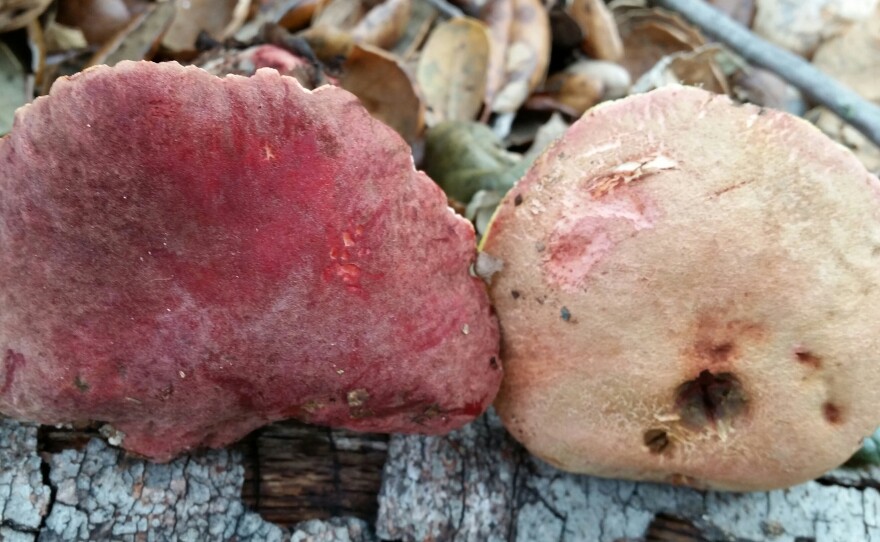The heavy rainfall in San Diego County this winter has brought an unusual site: lots of mushrooms. Local experts are excited, but also warn that some are not safe to eat.
During the drought, "doing mushrooming in San Diego was for masochists," said Elio Schaechter, one of the founders of the San Diego Mycological Society, whose members study mushrooms.
"Our club became a virtual mycology club," he joked. "Now, we're in heaven. This is wonderful for us."
Bonni Mackintosh, another San Diego Mycological Society board member, said they recently had their Fungus Fair and it was teeming with mushroom specimens.
"We had over 100 species," she said. "And they were very robust mushrooms."
Mackintosh and Schaechter said mushrooms can now be found throughout the county, including in people's backyards. Some of the best places to spot mushrooms are around and under trees, especially where piles of leaves have fallen to the ground, Mackintosh said.
But with the explosive mushroom growth comes potential dangers, because several local species are poisonous. Mackintosh said no one should eat mushrooms without consulting with an expert first.
She warned that one species in particular, the Destroying Angel or Amanita ocreata, is particularly poisonous. She said people should not pick the mushrooms by cutting the stem, but instead remove the whole thing, including the base.
"If you see these mushrooms, don't eat them, but touching them is OK," she said.
Pet owners should not allow their animals to access the mushrooms, she said. She added that getting rid of mushrooms in a yard will be difficult, because even if you pick some, more will grow.
There are also several local species that are edible, including the Amanita novinupta, Laetiporus gilbertsonii and Volvariella bombycina, or straw mushroom, Schaechter said. But he stressed that no one should eat wild mushrooms without consulting an expert.













